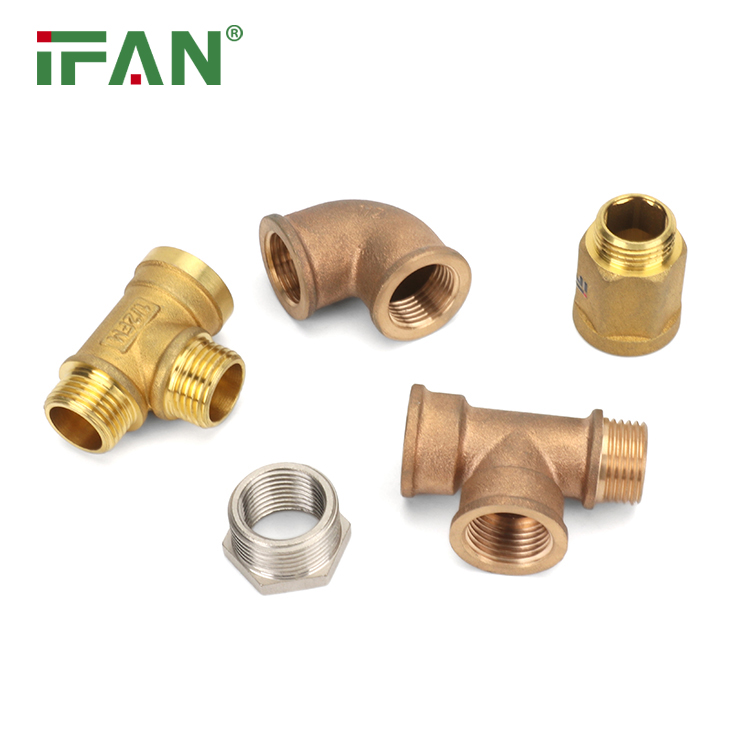Delivering Safe and Clean Water: How Brass Fittings Contribute to Public Health
Clean and safe water is fundamental to maintaining public health. However, the cleanliness of water supply systems can be compromised if the piping system isn’t properly installed or maintained. This is where brass fittings come in. Brass fittings are a highly-effective way to prevent contamination in water systems and promote a safe and clean water supply.

Brass fittings are commonly used in plumbing to connect pipes and components together. They are made of a copper-zinc alloy that has excellent corrosion-resistant properties and is highly durable. These fittings provide a strong and reliable connection, which is essential for preventing leaks and ensuring water safety. They are also easy to install, even in tight spaces.
One of the key features of brass fittings is that they are lead-free. When water comes into contact with lead, there is a risk of lead leaching into the water supply. This can cause serious health problems, particularly in children and pregnant women. Lead poisoning can lead to developmental delays, cognitive impairment, and behavioral problems. By using brass fittings, water systems can be constructed without the risk of lead contamination.
Another advantage of brass fittings is that they can withstand high temperatures and pressures. They are resistant to corrosion from chemicals and can handle extreme weather conditions. This makes them ideal for use in outdoor plumbing applications and industrial settings.

Brass fittings have become the preferred choice for water safety professionals and plumbing experts because of their many benefits. They provide a reliable and long-lasting connection that ensures water quality and safety. They are also cost-effective and easy to install, providing an efficient solution for connecting pipes and components together.
In conclusion, brass fittings are a vital component in delivering safe and clean water to the public. They offer a durable, lead-free, and corrosion-resistant solution for plumbing applications that can help prevent leaks and maintain clean water supply systems. For anyone responsible for maintaining or installing plumbing systems, brass fittings are a valuable and cost-effective way to promote public health.
Take action today by consulting a professional plumber or water safety expert to help you choose the right brass fittings for your plumbing application. Make the switch to brass fittings and contribute to a safer, cleaner, and healthier water supply system for you and your community.






